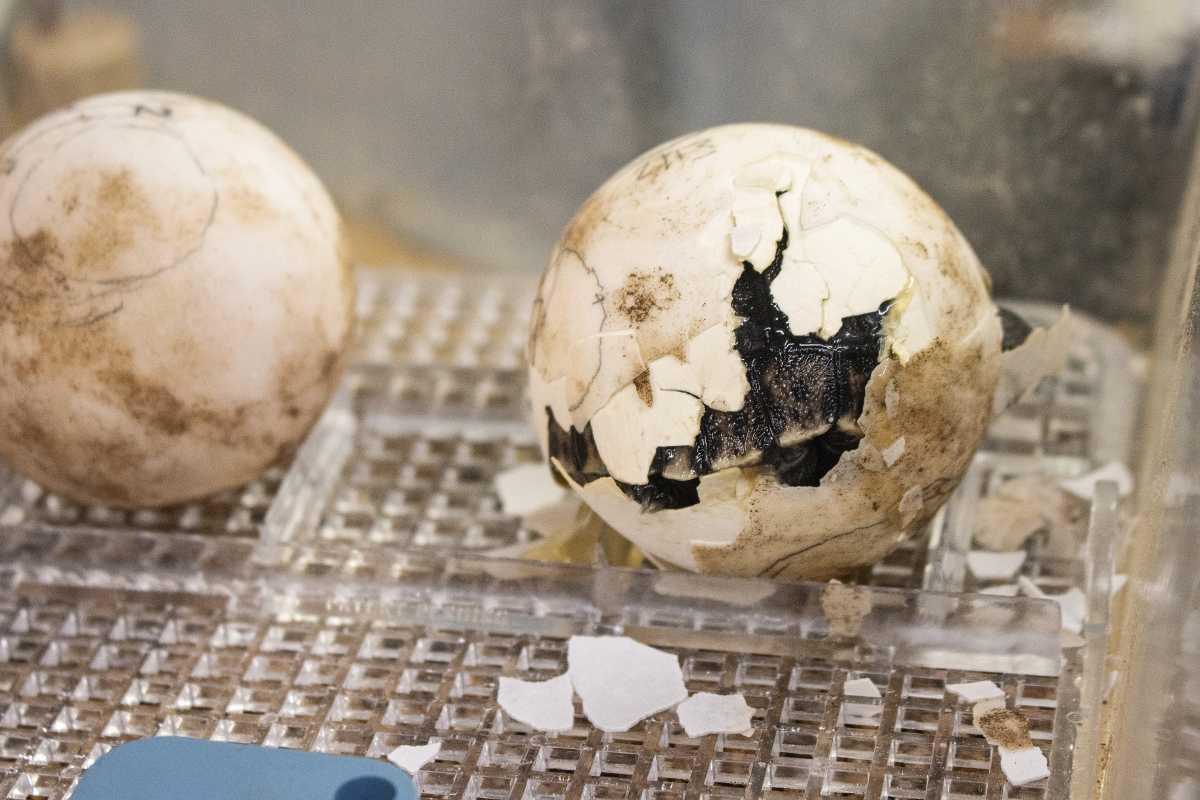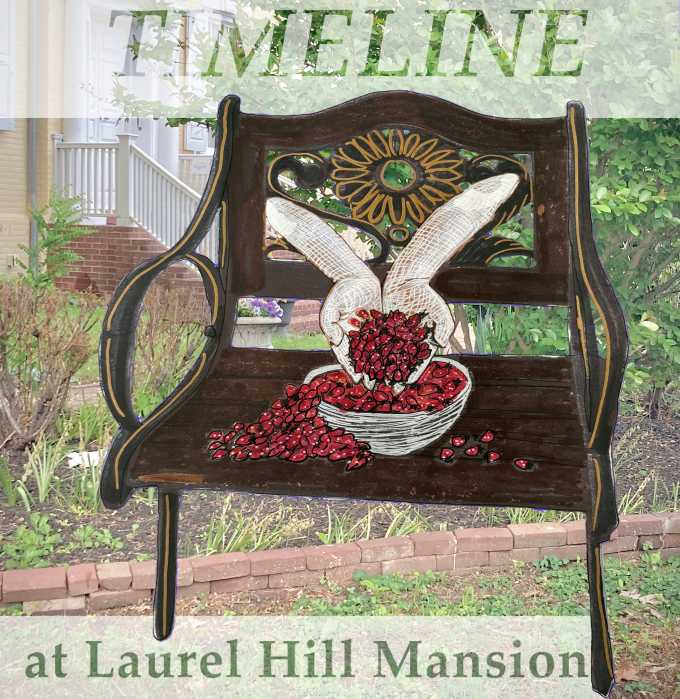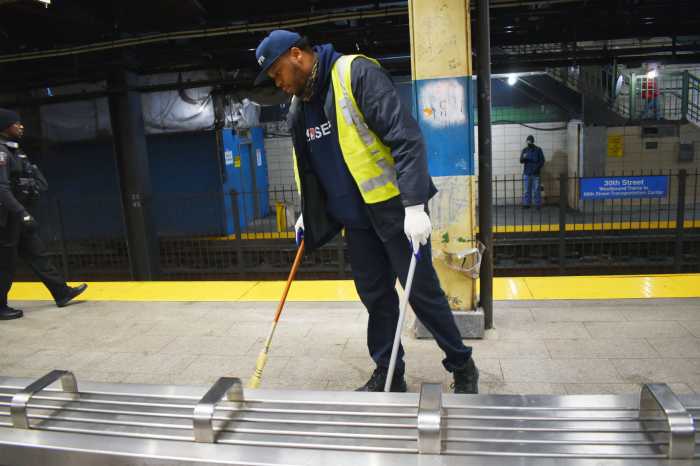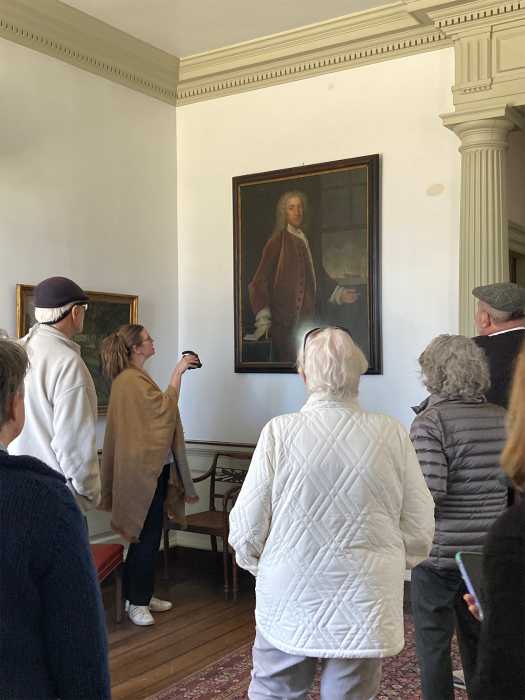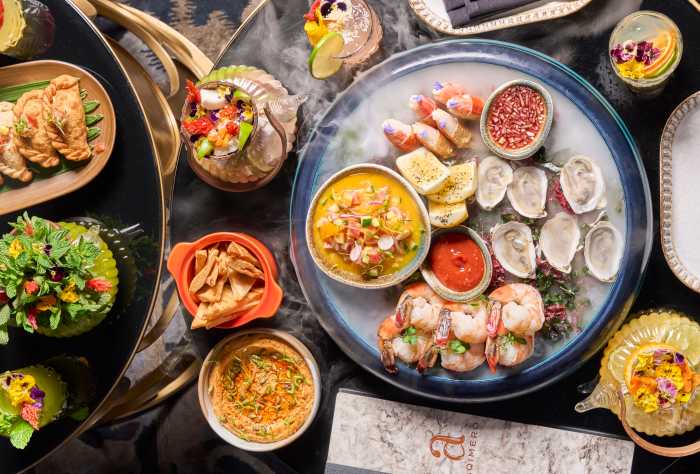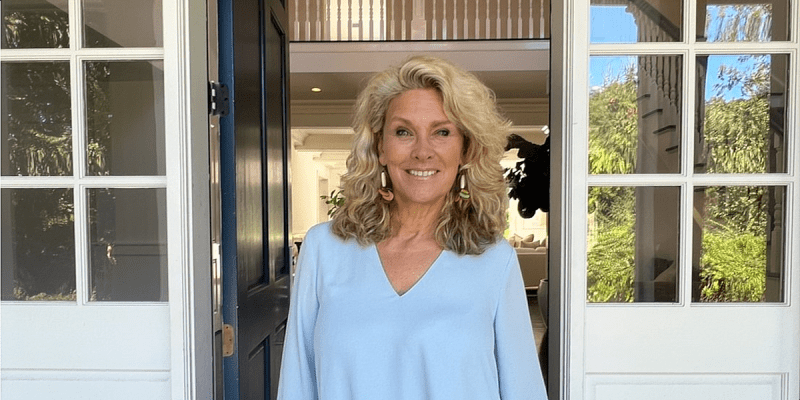There are a few new arrivals at the Philadelphia Zoo, and these ones are making history.
Four critically endangered Western Santa Cruz Galapagos tortoises hatched for the first time in the Zoo’s 150+ year history. The hatchlings’ parents, female Mommy and male Abrazzo, are the Philadelphia Zoo’s two oldest residents, each estimated to be around 100 years old.
Mommy is considered one of the most genetically valuable Galapagos tortoises in the Association of Zoos and Aquariums (AZA) Species Survival Plan (SSP). She is also the oldest first-time mom of her species.
“Prior to the hatchlings, there were only 44 individual Western Santa Cruz Giant tortoises in all U.S. zoos combined, so these newest additions represent a new genetic lineage and some much-needed help to the species’ population,” said Galapagos Tortoise SSP Coordinator and Studbook Keeper Ashley Ortega at Gladys Porter Zoo in Texas. “We are excited to learn more about how we can replicate this success … since the team in Philly has accomplished something that was seemingly impossible.”
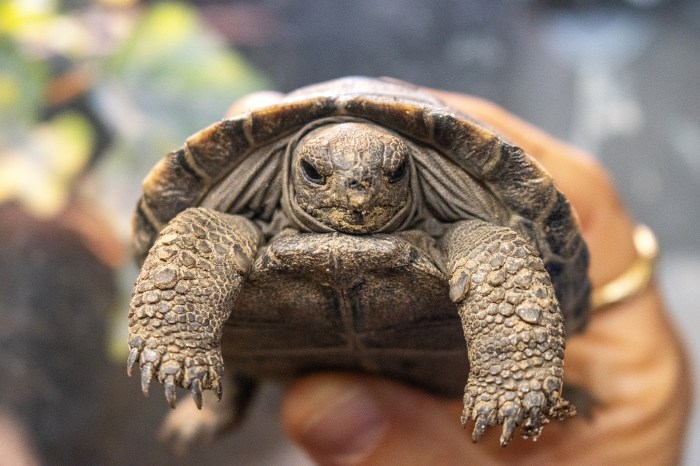
The babies are part of the AZA SSP breeding program to ensure the survival of this species and maintain a genetically diverse population. Western Santa Cruz Galapagos tortoises are listed as critically endangered by the International Union for Conservation of Nature (IUCN) with threats including human-wildlife conflict, the introduction of invasive species, and habitat loss.
The last clutch of Western Santa Cruz Galapagos tortoises to hatch in an AZA accredited zoo was in 2019 at Riverbanks Zoo and Garden in South Carolina. Other zoos with breeding pairs of this species include San Diego Zoo, Zoo Miami and Honolulu Zoo.
“These hatchlings not only protect the species from extinction, but serve as important ambassadors to inspire guests to save wildlife and wild places,” said Philadelphia Zoo Vice President of Animal Well-Being and Conservation Rachel Metz. “As an AZA accredited institution, we take great responsibility participating in the Galapagos Tortoise Species Survival Plan, and are thrilled for this successful pairing of Mommy and Abrazzo.”
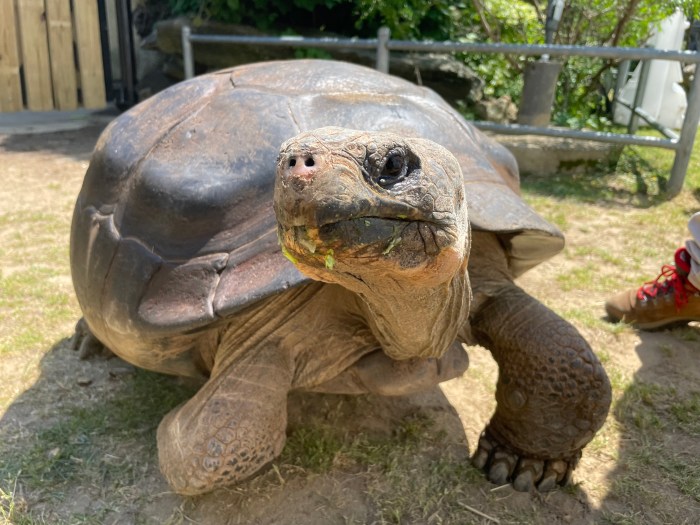
The hatchlings, currently behind-the-scenes inside the Reptile and Amphibian House, are eating and growing appropriately, weighing between 70-80 grams (about the weight of a chicken egg). The first one hatched on Feb. 27 and the animal care team is still monitoring eggs that could hatch in the coming weeks.
The hatchlings will make their public debut on Wednesday, April 23, which is the 93rd anniversary of Mommy’s arrival at the Zoo.
“This is a significant milestone in the history of Philadelphia Zoo, and we couldn’t be more excited to share this news with our city, region, and the world,” said Philadelphia Zoo President and CEO Dr. Jo-Elle Mogerman. “Mommy arrived at the Zoo in 1932, meaning anyone that has visited the Zoo for the last 92 years has likely seen her. Philadelphia Zoo’s vision is that those hatchlings will be a part of a thriving population of Galapagos tortoises on our healthy planet 100 years from now.”

Galapagos tortoises can be found on the Galapagos Islands in the Pacific Ocean off the coast of Ecuador. They are the largest living species of tortoise; males can grow to be 500 pounds while females average around 250 pounds. They are cold-blooded animals and spend one to two hours basking in the sun before spending another eight to nine hours grazing and relaxing. Scientists estimate they can live between 100-200 years old.
Philadelphia Zoo is home to three adult Galapagos tortoises, male Abrazzo, females Mommy and Little Girl, and four hatchlings. The hatchlings will remain at the Zoo for at least five years. The Zoo will work with the AZA SSP to determine when and if the hatchlings will move to different facilities.
“This is a monumental achievement for our animal care team that worked diligently to provide the right conditions for Mommy to lay her eggs and for the eggs to incubate and successfully hatch,” said Philadelphia Zoo Director of Herpetology and Birds Lauren Augustine. “This successful outcome comes from years of hard work studying animal behavior and providing top-level care. Until now, Mommy’s genes were not represented in the AZA population, making these offspring extremely important in the protection of this species.”
For updates on the hatchlings or to adopt a Galapagos tortoise to support their care, visit philadelphiazoo.org or follow the Zoo on social.



